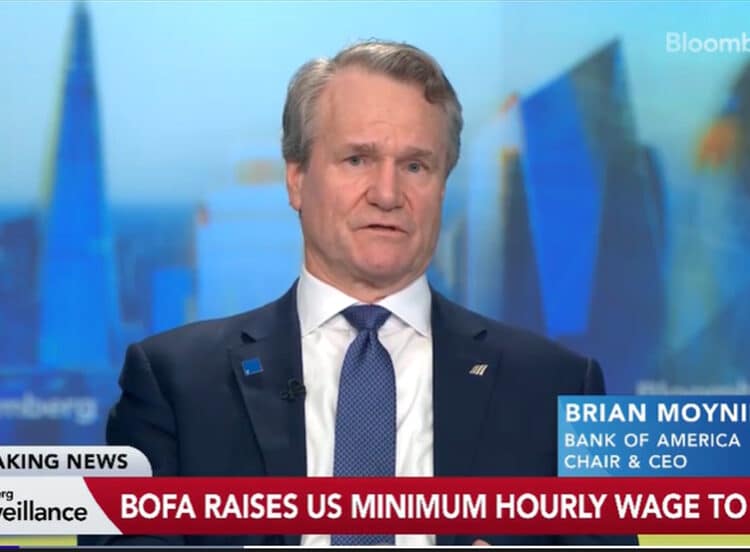Same Old Story: Health Insurance Premiums Up 6% in 2025
The KFF Employer Health Benefits Survey for 2025 is out today. The survey finds that family premiums for employer provided health insurance coverage rose 6% in 2025, similar to increases in both 2023 and 2024. For now, employers (on average) continue to pay most of the cost of those premiums. So, as in previous years,…
Unlock the Power of Employee Benefits Through Better Communications
The recently released 2025 Workplace Benefits Report put out by Bank of America paints a mixed picture of how effectively organizations are supporting employees in achieving their personal financial goals. The study focuses largely on financial wellness (not a surprise given the sponsor of the study) and provides a lot of data on how employee…
Investing in People Through Total Rewards
Bank of America CEO Brian Moynihan was interviewed on Bloomberg this week about the bank’s recent decision to raise its minimum wage to $25 per hour, which is higher than any state minimum wage in the U.S. But Moynihan went beyond discussing wages, briefly reviewing some of the highlights of BoA’s employee benefits, including robust…
Case Study: RewardsFocus Helps Robins & Morton Communicate with Purpose
Robins & Morton – a leading construction company with nearly 1,500 employees – understands the value of investing in its people. With a workforce spread across offices, job sites, and remote locations, the company’s commitment to their workforce goes well beyond compensation. The company has invested significantly in their total rewards programs, recognizing that attracting…
Why Total Rewards Statements Are Key to Employee Engagement
Employee engagement is always a hot topic, regardless of the overall condition of the labor market. In a tight labor market, where it’s harder to hire and retain talent, employers worry about not being able to find enough workers to support continued growth. But even during periods of higher unemployment, organizations still want to hold…
Does Bitcoin Belong in Your Total Rewards Strategy?
Does HR know about HODLing? The fact is that many employees – particularly younger ones – are HODLers themselves. And many of them would like to be able to allocate some of their 401(k) assets to bitcoin and other cryptocurrencies. A recent decision by the U.S. Department of Labor may encourage more employers to consider…
Here Come the Robots
Two recent articles illustrate why some workers may be growing uneasy about their future prospects. As Chip Cutter writes in his article, “[the] long-running war for talent sounds more like a war on the talent these days.” He goes on to quote several corporate leaders who are taking a harder line on return-to-office mandates, work-life…
Connecting the Dots with Total Rewards Statements
As organizations strive to engage employees and drive performance, it’s not just what they offer; it’s how they communicate it. A total rewards statement – a clear, personalized snapshot of everything an employee receives in exchange for their work – is a key element of effective employee communications. Total rewards statements help connect the dots…
Beyond Benefits: Your Total Rewards Strategy Matters More Than Ever
Key Takeaways: Employee benefits are just one component of a broader total rewards strategy that includes compensation, recognition, development, and well-being. A well-communicated total rewards strategy helps employees see the full value of their role, increasing engagement, trust, and retention. Organizations that go beyond standard benefits and invest in total rewards are more likely to…
Total Rewards Statements in the Virtual Work Era: More Important Than Ever
Key Takeaways: Total rewards statements are essential in helping remote and hybrid employees understand the full scope of their compensation, improving satisfaction and trust. Transparent communications about employee benefits, wellness support, and performance incentives enhance employee engagement in a virtual work environment. Companies that prioritize total rewards communications are more likely to retain talent, promote engagement, and…









